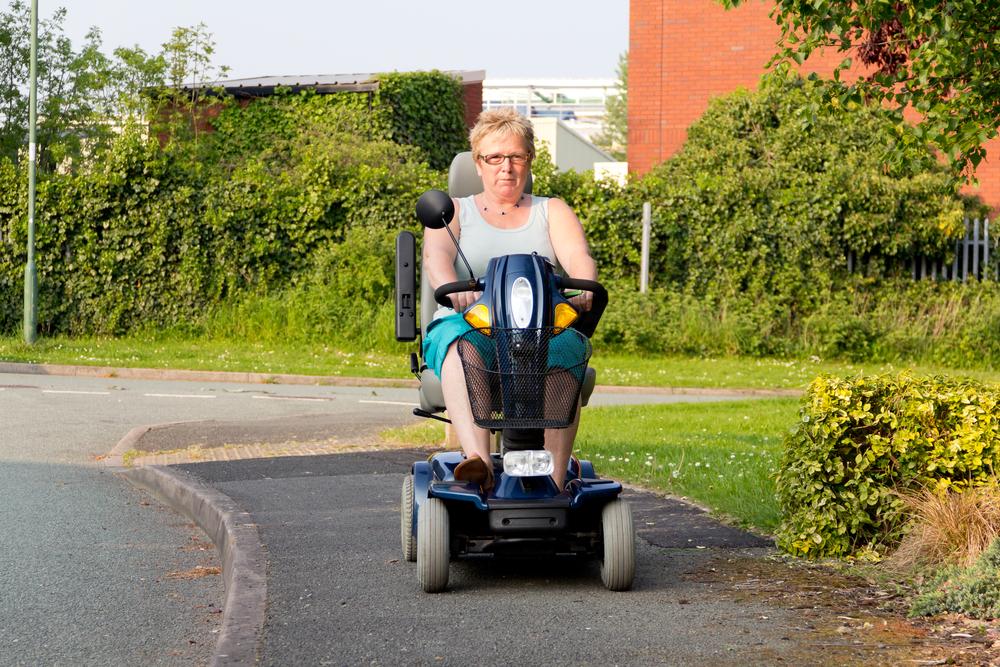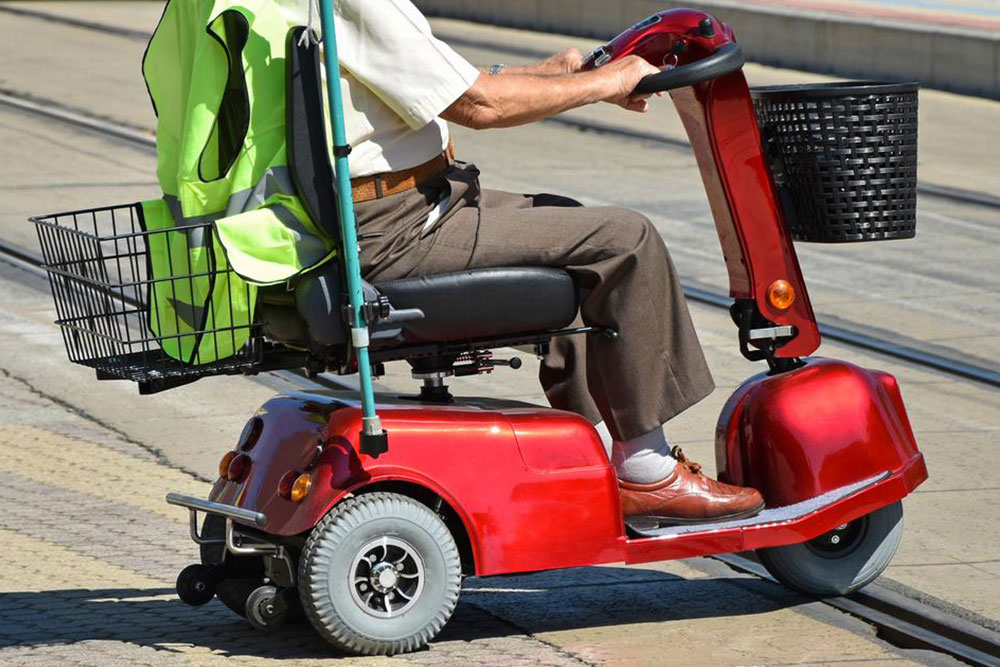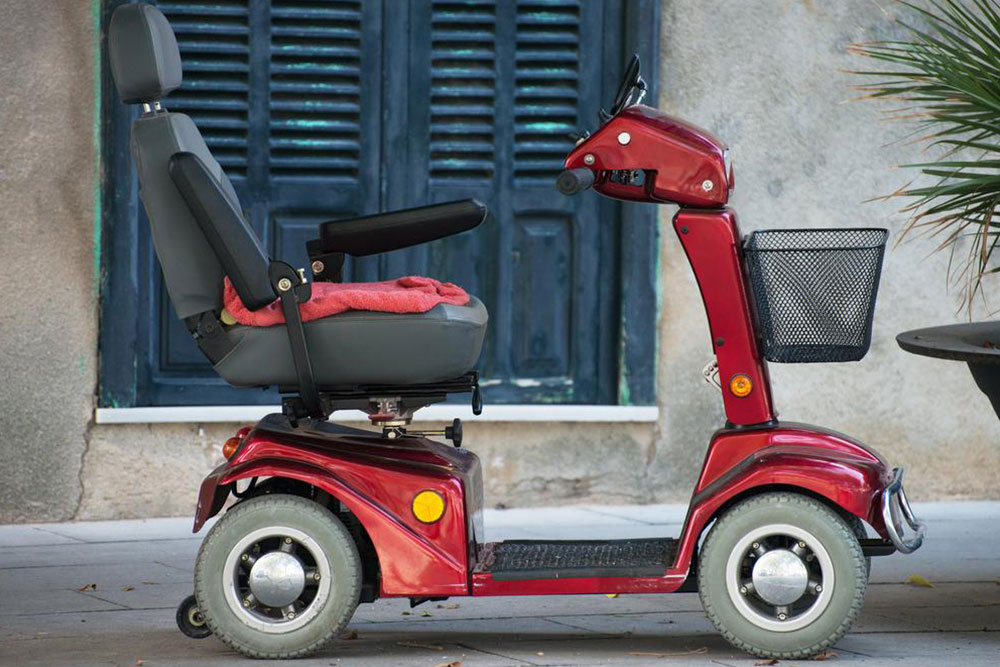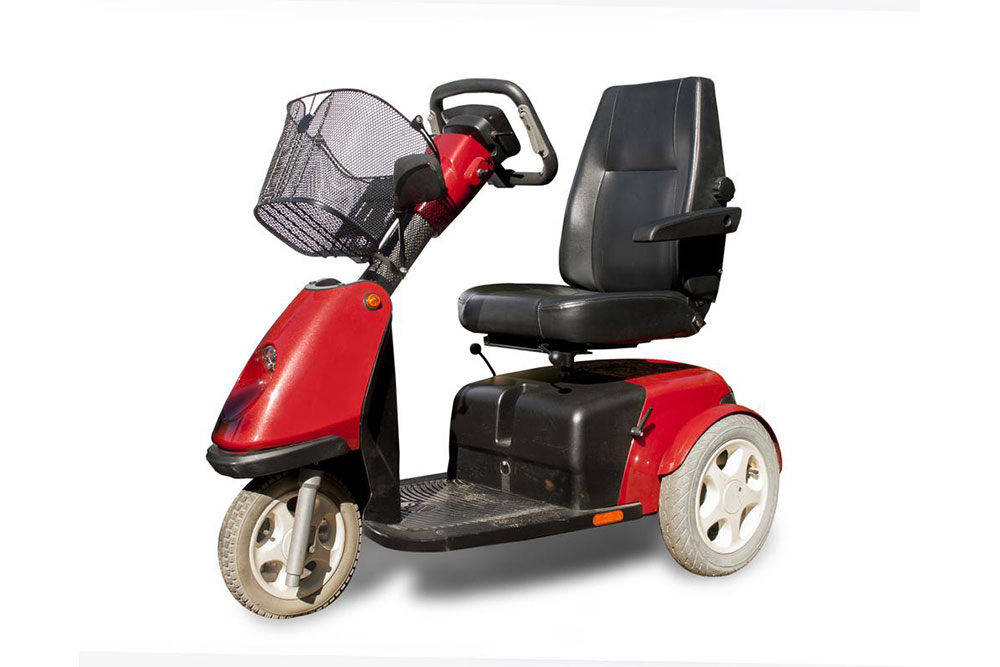Different Types of Electric Wheelchairs for Enhanced Mobility
Explore various electric wheelchair types designed to enhance mobility and independence. Learn about front, rear, and mid-wheel drive systems, and get guidance on choosing the right model based on terrain, size, and user needs. Professional consultation is recommended for safe and effective selection, ensuring better daily mobility for users with disabilities or mobility challenges.
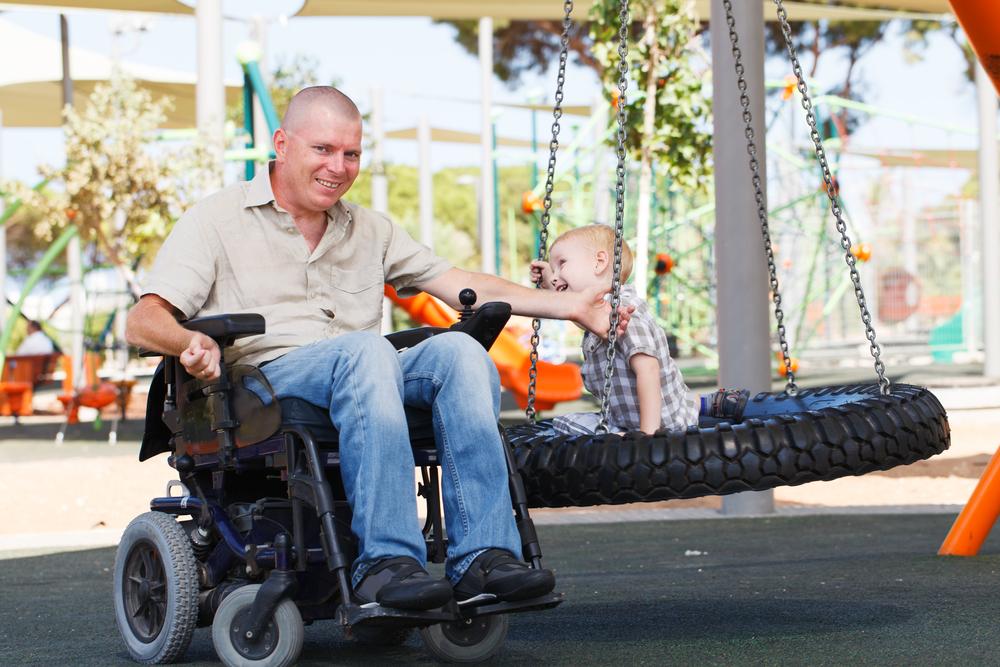
Different Types of Electric Wheelchairs for Enhanced Mobility
For individuals who cannot walk or have difficulty walking long distances, mobility devices like wheelchairs offer a lifeline. While manual wheelchairs were once the standard, electric wheelchairs have revolutionized independence for many. Widely used in homes, healthcare facilities, and senior living communities, these powered chairs provide easier movement. Electric wheelchairs operate through two motors that drive the wheels, making navigation straightforward with the use of a simple joystick.
There are several designs of electric wheelchairs, distinguished mainly by their drive system and size. The primary component influencing performance is the power base, which comes in various styles:
Front Wheel Drive – In this design, drive wheels are positioned at the front. It offers excellent stability and adaptability to different terrains, including grass and uneven surfaces. However, the back-heavy design can make turning and clarity of clearance more challenging.
Rear Wheel Drive – Featuring drive wheels at the back, this classic layout is familiar to users of manual wheelchairs. It handles diverse terrains well and supports higher speeds, making it suitable for outdoor use.
Mid Wheel Drive – The wheels are centrally located, providing a natural walking position, ideal for indoor use. While maneuverable indoors, it may struggle on uneven outdoor terrains.
When selecting an electric wheelchair, consider the user's height and weight, ensuring ample legroom and fit. Consulting with a healthcare professional is advised to determine the most suitable model for safety and comfort.Note:
Our blog offers valuable insights across various topics, relying on research and data provided by our editorial team. However, information should not be considered conclusive, and we cannot guarantee accuracy or completeness. Readers are encouraged to seek professional advice and explore additional options, schemes, and offers to find what best suits their needs.






